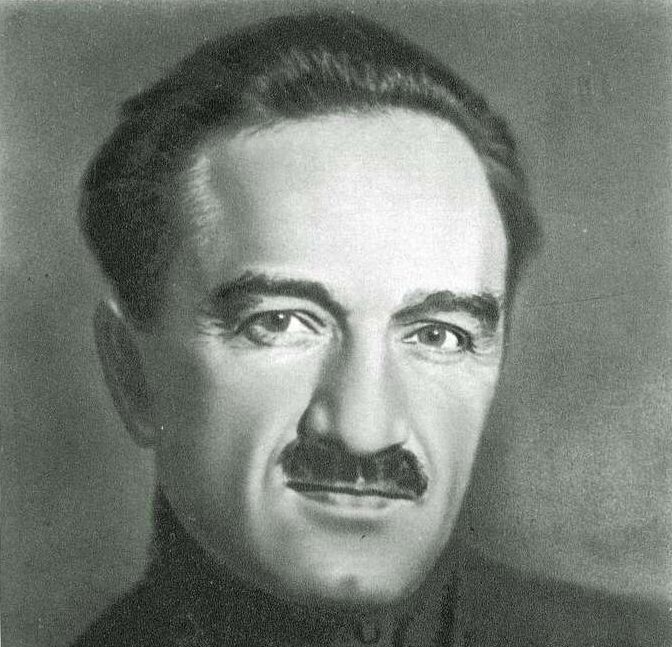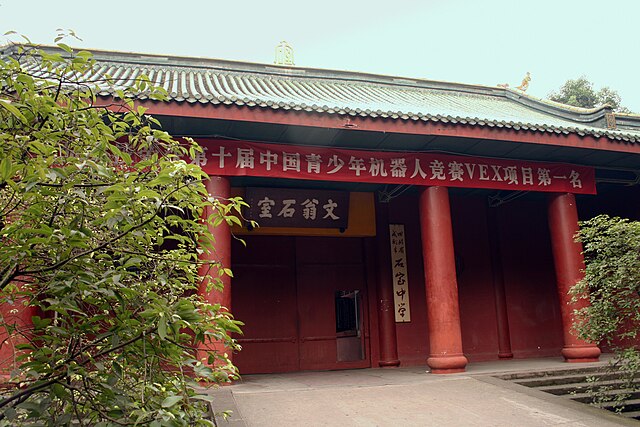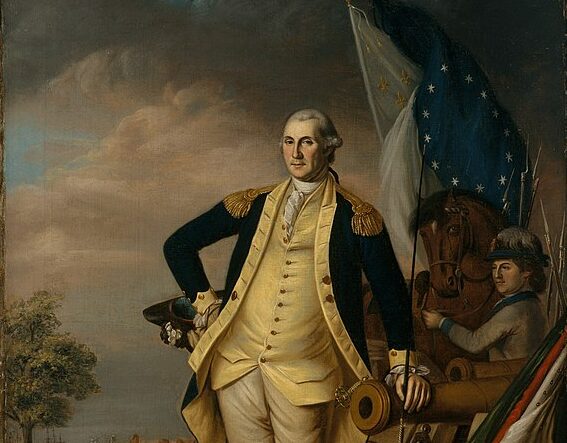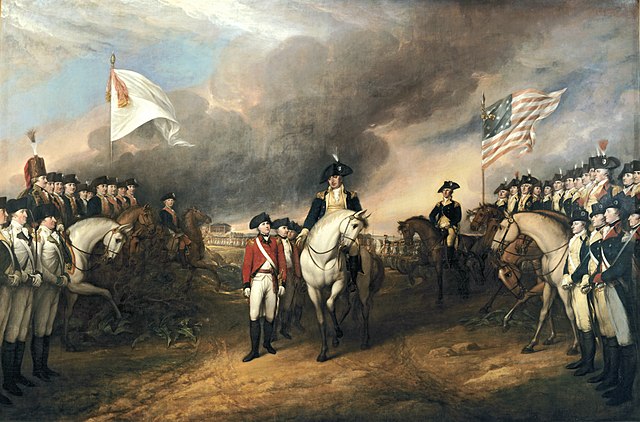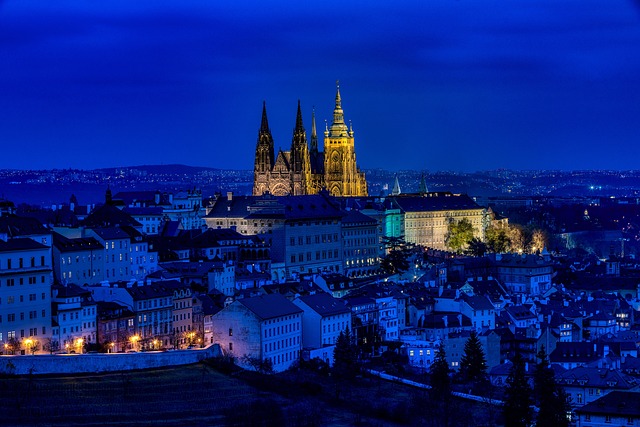
Ancient and Early Medieval Periods (Prehistory–9th Century)
- The region was inhabited by Celtic tribes, such as the Boii, during antiquity.
- Germanic tribes, including the Marcomanni, later settled during the Roman era.
- By the 6th century, Slavs migrated into the area, establishing early settlements.
Great Moravia (9th–10th Century)
- A powerful early Slavic state, Great Moravia, emerged under rulers like Mojmir I and Svatopluk.
- Christianization began with Saints Cyril and Methodius in the 9th century.
- Great Moravia declined after Magyar invasions in the early 10th century.
The Přemyslid Dynasty (10th–14th Century)
- The Duchy of Bohemia emerged under the Přemyslid dynasty, later becoming a kingdom in 1212.
- King Wenceslas I (Good King Wenceslas) and Charles IV contributed to cultural and political development.
- Prague became a major center of trade and learning, with Charles IV founding Charles University in 1348.
The Hussite Era and Religious Turmoil (15th Century)
- Jan Hus, a reformer, challenged the Catholic Church, sparking the Hussite Wars (1419–1434).
- The wars resulted in religious and political upheaval, leaving a lasting impact on Czech identity.
Habsburg Rule and the Thirty Years’ War (16th–17th Century)
- The Czech lands fell under Habsburg rule in 1526, becoming part of the Austrian Empire.
- The Protestant Reformation in Bohemia led to tensions, culminating in the 1618 Defenestration of Prague and the Thirty Years’ War.
- After the war, Catholicism was enforced, and Czech culture was suppressed.
National Revival and Modernization (18th–19th Century)
- The Enlightenment and industrialization fostered economic and cultural growth.
- The Czech National Revival in the 19th century aimed to revive Czech language, culture, and identity.
- Growing nationalism set the stage for independence movements.
Czechoslovakia and World Wars (20th Century)
- In 1918, Czechoslovakia was formed as an independent state after World War I.
- The Munich Agreement of 1938 and Nazi occupation disrupted independence.
- After World War II, Czechoslovakia became a communist state under Soviet influence.
Velvet Revolution and the Czech Republic (1989–Present)
- The Velvet Revolution in 1989 ended communist rule, restoring democracy.
- In 1993, Czechoslovakia peacefully split into the Czech Republic and Slovakia.
- The Czech Republic joined NATO in 1999 and the EU in 2004, integrating further into Europe.

